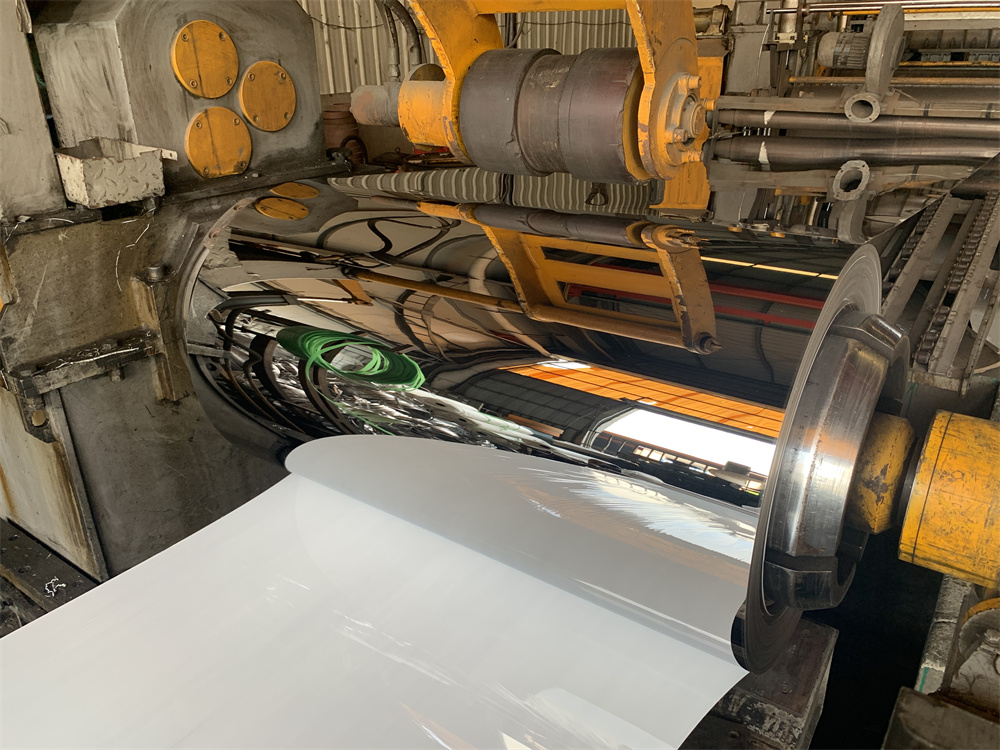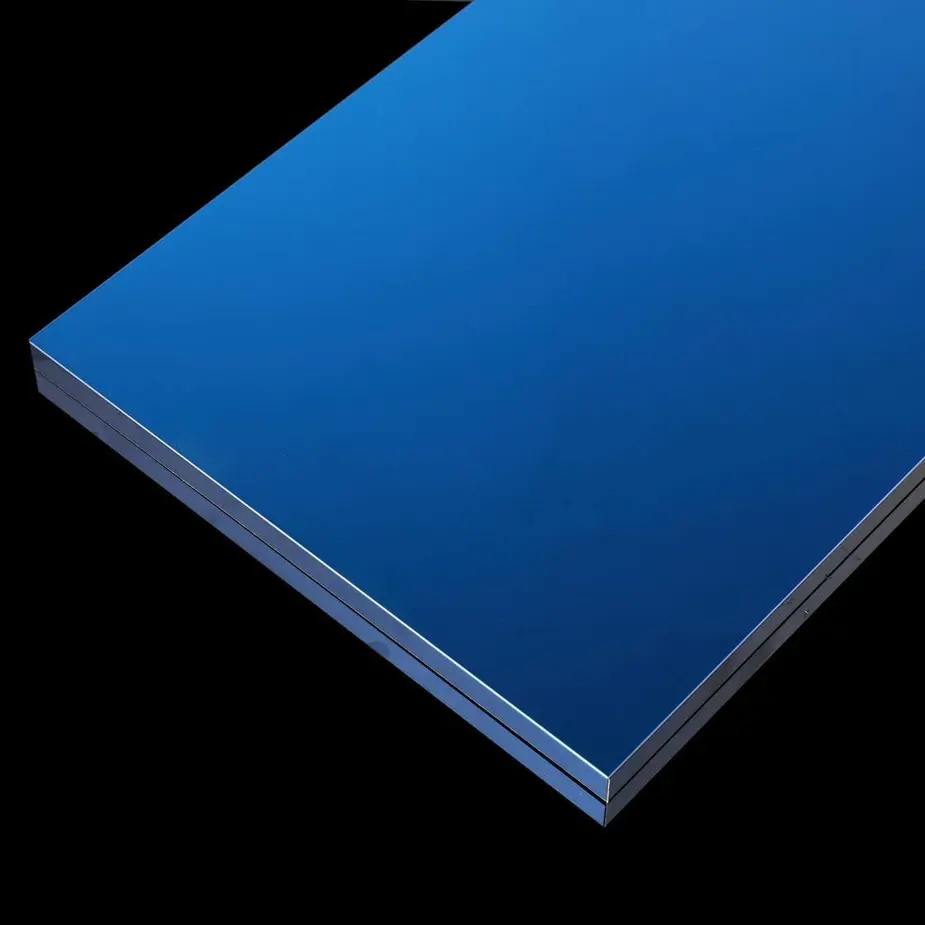SUS 304 stainless steel, commonly referred to as 18-8 stainless, is renowned for its versatility and widespread use. It offers a unique combination of excellent corrosion resistance, mechanical strength, and formability, making it a preferred choice for numerous applications across various industries. In this definitive guide, we'll dive deep into the composition, properties, uses, and fabrication of SUS 304 to help you understand why it's such an indispensable alloy.
What is SUS 304 Stainless Steel?
SUS 304 stainless steel is a widely used austenitic stainless steel grade, known for its excellent corrosion resistance, mechanical strength, and formability. Often referred to as "18-8 stainless" due to its 18% chromium and 8% nickel content, SUS 304 is the Japanese JIS standard equivalent of the American 304 stainless steel. This SUS material is the most common type of stainless steel used in industries ranging from food processing to architecture.
SUS 304 Material Properties
The key properties of SUS 304 stainless steel include:
-
High corrosion resistance, making it suitable for various environments
-
Good mechanical strength and ductility
-
Excellent weldability and formability
-
Attractive, easy-to-clean surface finish
Composition of Stainless Steel SUS 304
The typical composition of SUS 304 material is:
-
Chromium (Cr): 18.0–20.0%
-
Nickel (Ni): 8.0–10.5%
-
Carbon (C): ≤0.08%
-
Manganese (Mn): ≤2.0%
-
Silicon (Si): ≤1.0%
-
Phosphorus (P): ≤0.045%
-
Sulfur (S): ≤0.03%
This balanced composition gives 304 SUS its signature properties, especially its corrosion resistance and strength.
Applications of SUS Stainless Steel
SUS 304 stainless steel is used in a wide range of applications, including:
-
Food and beverage equipment
-
Architectural components
-
Chemical processing equipment
-
Medical instruments
-
Household appliances
Why Choose SUS 304 Stainless Steel?
The versatility, availability, and cost-effectiveness of SUS 304 make it the default choice for many applications. For environments requiring higher corrosion resistance, other grades like 316 may be preferred, but for most uses, SUS 304 stainless steel properties provide an ideal balance.
Frequently Asked Questions
-
What is SUS 304?
SUS 304 is an austenitic stainless steel grade known for its high corrosion resistance and mechanical properties. -
What are the main SUS material properties?
High corrosion resistance, good strength and ductility, excellent weldability, and a clean finish. -
Is SUS 304 stainless steel suitable for marine environments?
While SUS 304 offers good resistance, it may be susceptible to pitting in chloride-rich conditions.
Conclusion
As a leading material in various industries, SUS 304 stainless steel offers unparalleled versatility and performance. Its unique blend of corrosion resistance, strength, and formability makes it an indispensable choice for engineers and designers seeking high-quality, long-lasting solutions. Its combination of corrosion resistance, strength, and fabricability make it the go-to choice for countless products and components. By understanding the properties and capabilities of 304, engineers and designers can harness its full potential to create high-performance, long-lasting solutions.
As a leading stainless steel supplier, Xinguangyuan offers a comprehensive range of 304 products, from sheet and plate to bar and pipe. Our expert team is ready to assist you in selecting the right material and finish for your application. Contact us today to learn more about how SUS 304 can benefit your next project.


